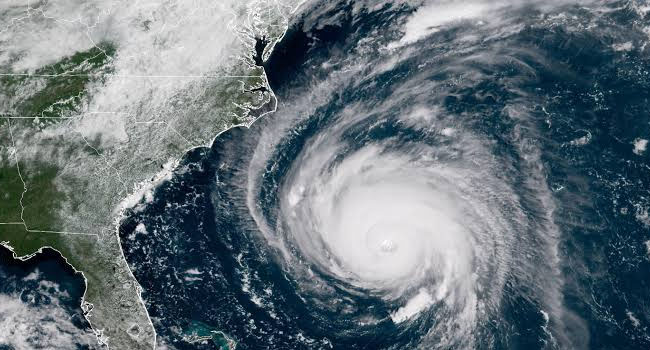How Does A Hurricane Form Or Develop? An Explanation
HURRICANE – In this topic, we will now know the explanation on how does a tropical cyclone or a hurricane develop or form.

Hurricanes, scientifically known as a tropical cyclone is a fast rotating storm system that has a low pressurized center, a low-level atmospheric circulation, gusts and thunderstorms arranged in a spiral.
These bring heavy rain and depending on its location, it is refereed to by names locally and internationally.
So how to they develop?
According to NASA, the warm, moist air serves as their fuel, which explains how they are able to form on warm waters near the equator.
Since the air move up, there is less air in the surface. The surrounding air with higher pressure pushes in to what we call the low pressure area (LPA).
Warm air continues to rise and surrounding air swirls to take its place. Water from the warmed air forms clouds.
The system then continues to spin and grow and is fed by the heat and evaporated water from the ocean.
An eye forms in the center as the weather disturbance moves faster. If it reaches 39 miles per hour, it becomes a tropical storm. It will then become a tropical cyclone when it reaches 74 miles per hour. They only weaken when it hits land since they cannot receive heat and water there.
READ ALSO: SURVIVAL TIPS: What To Do During These Situations
